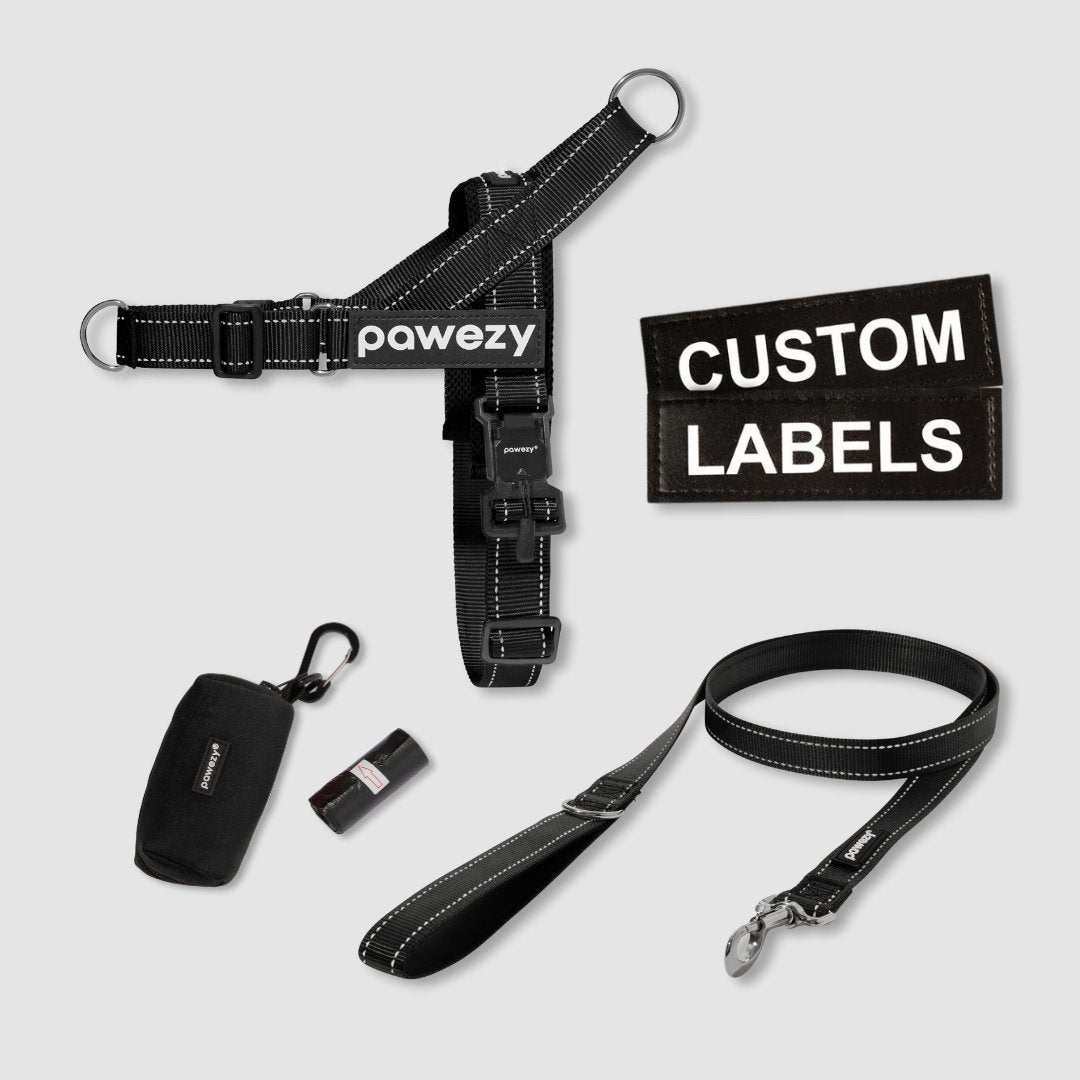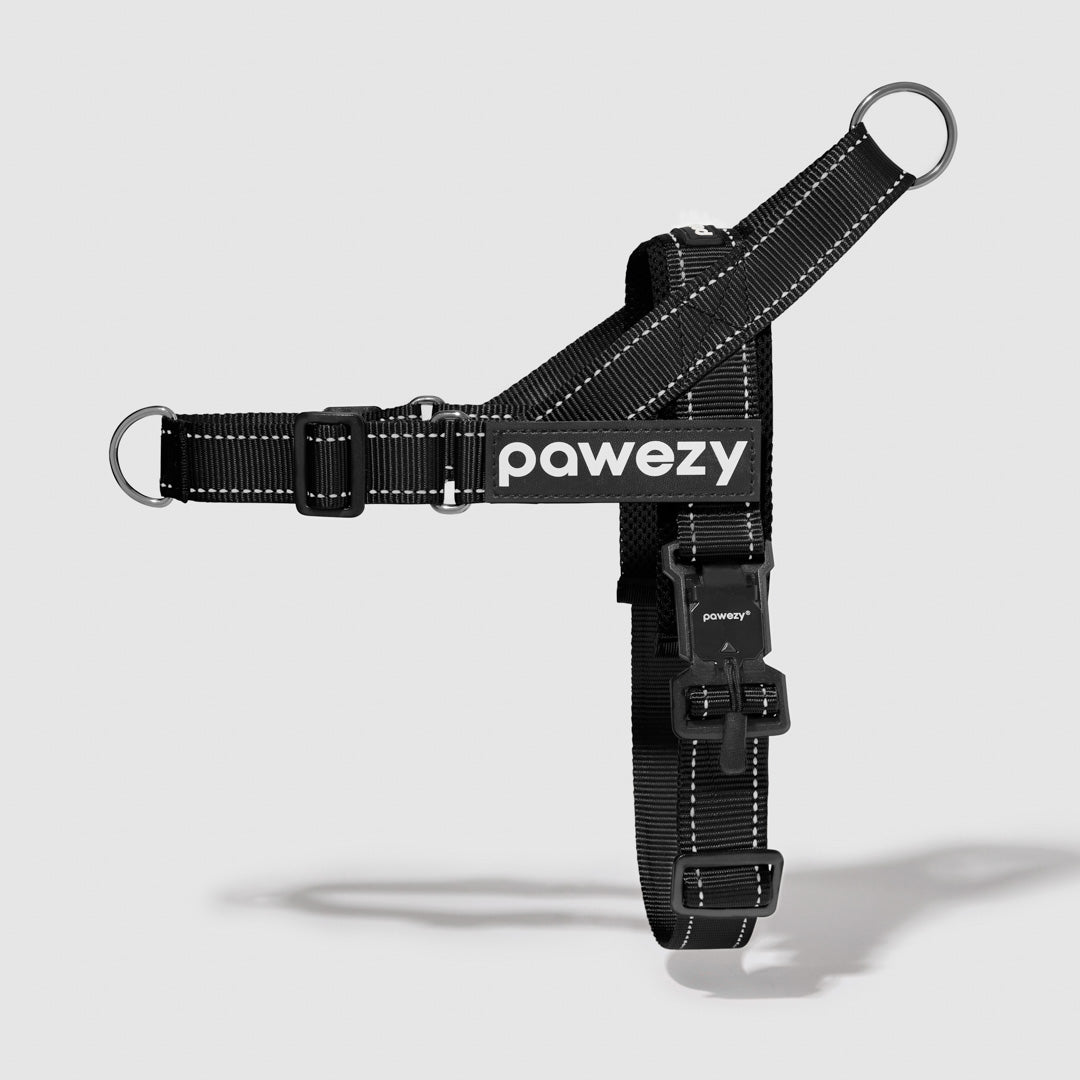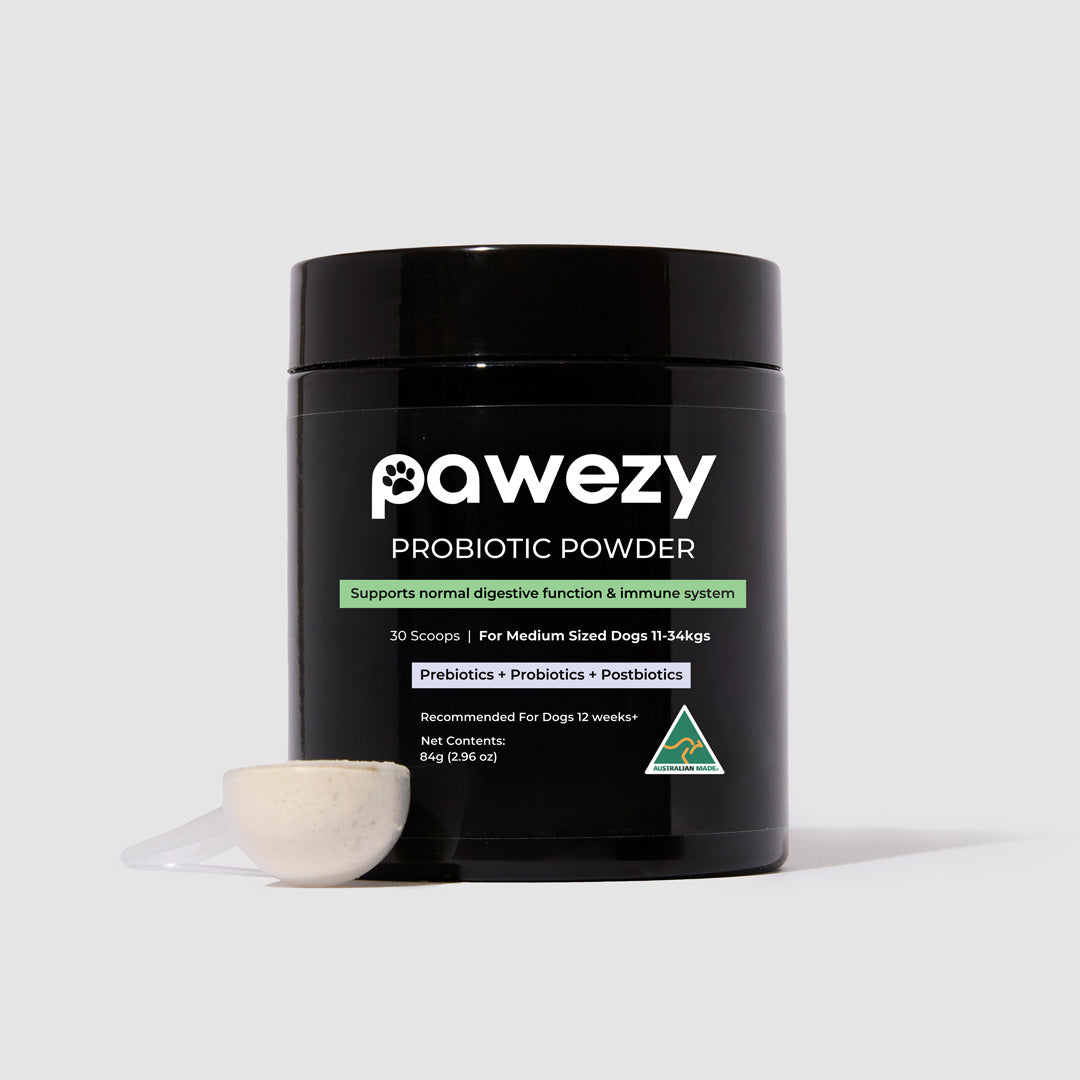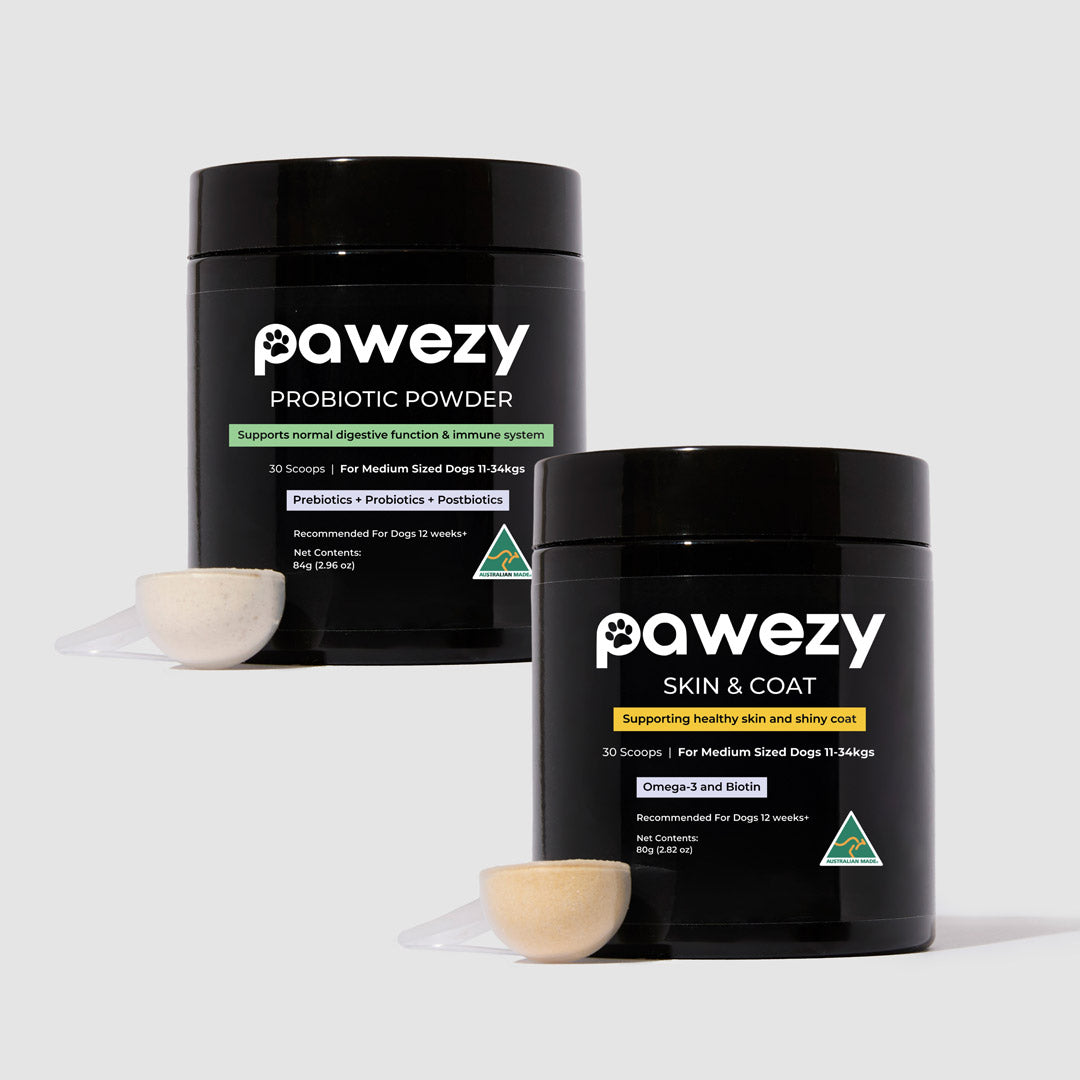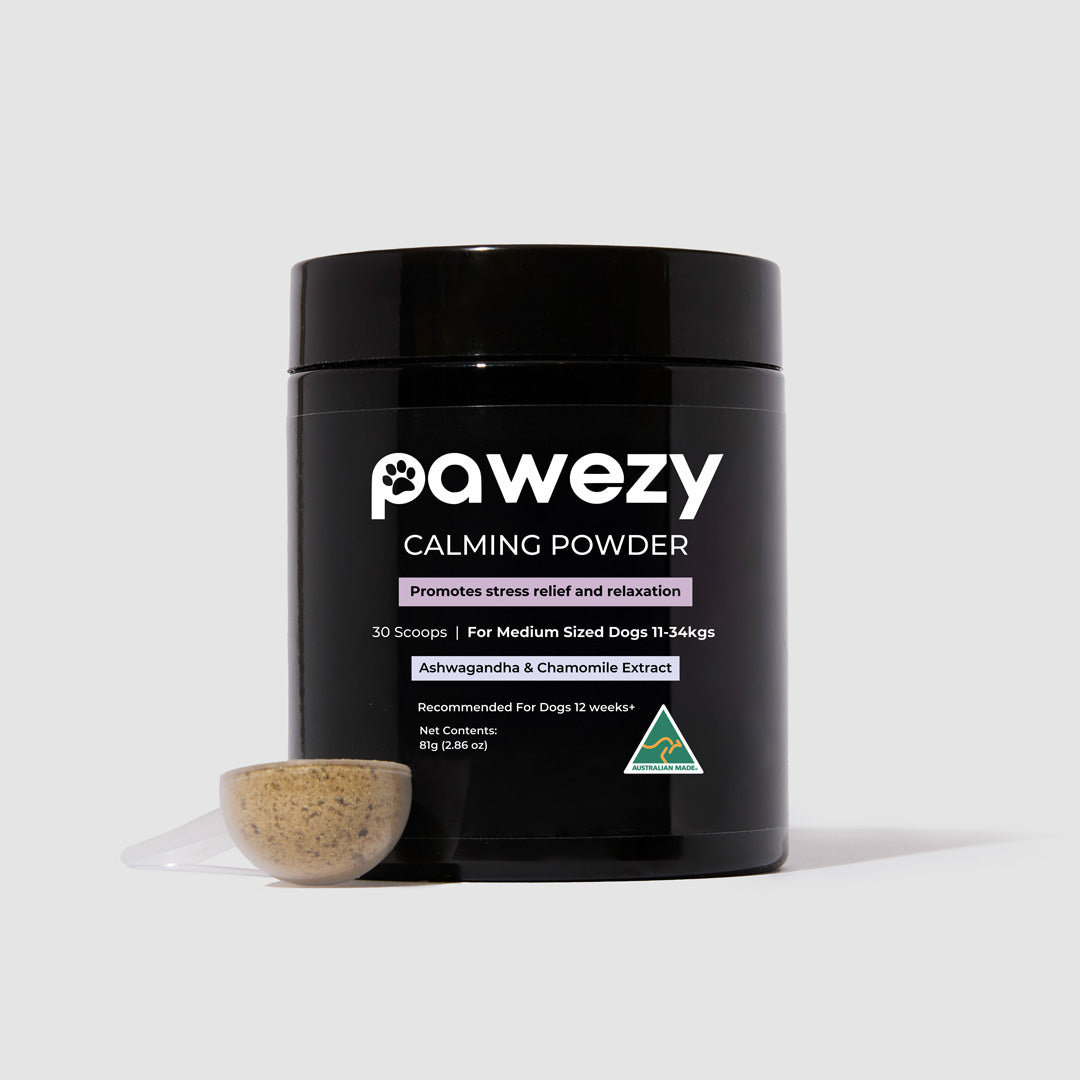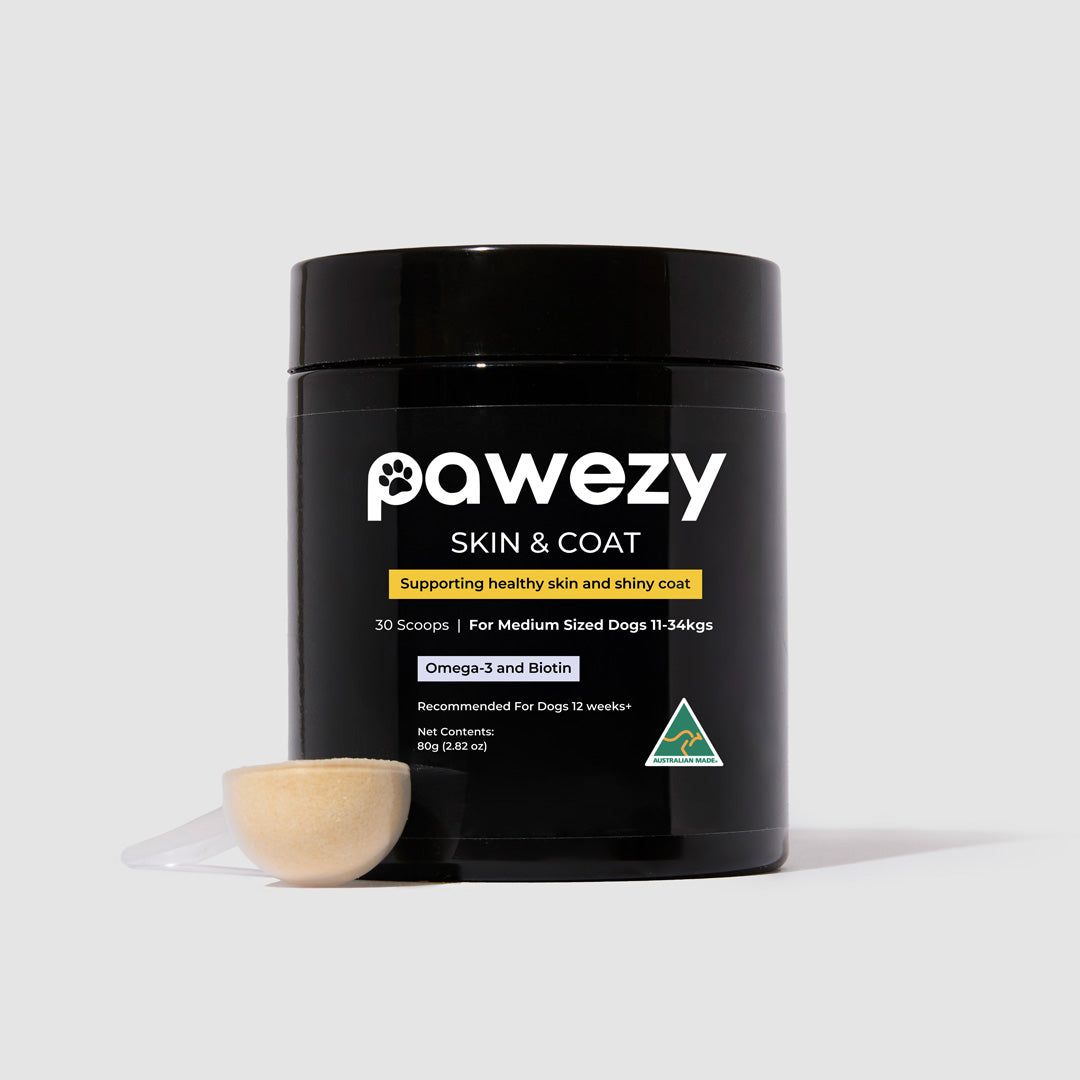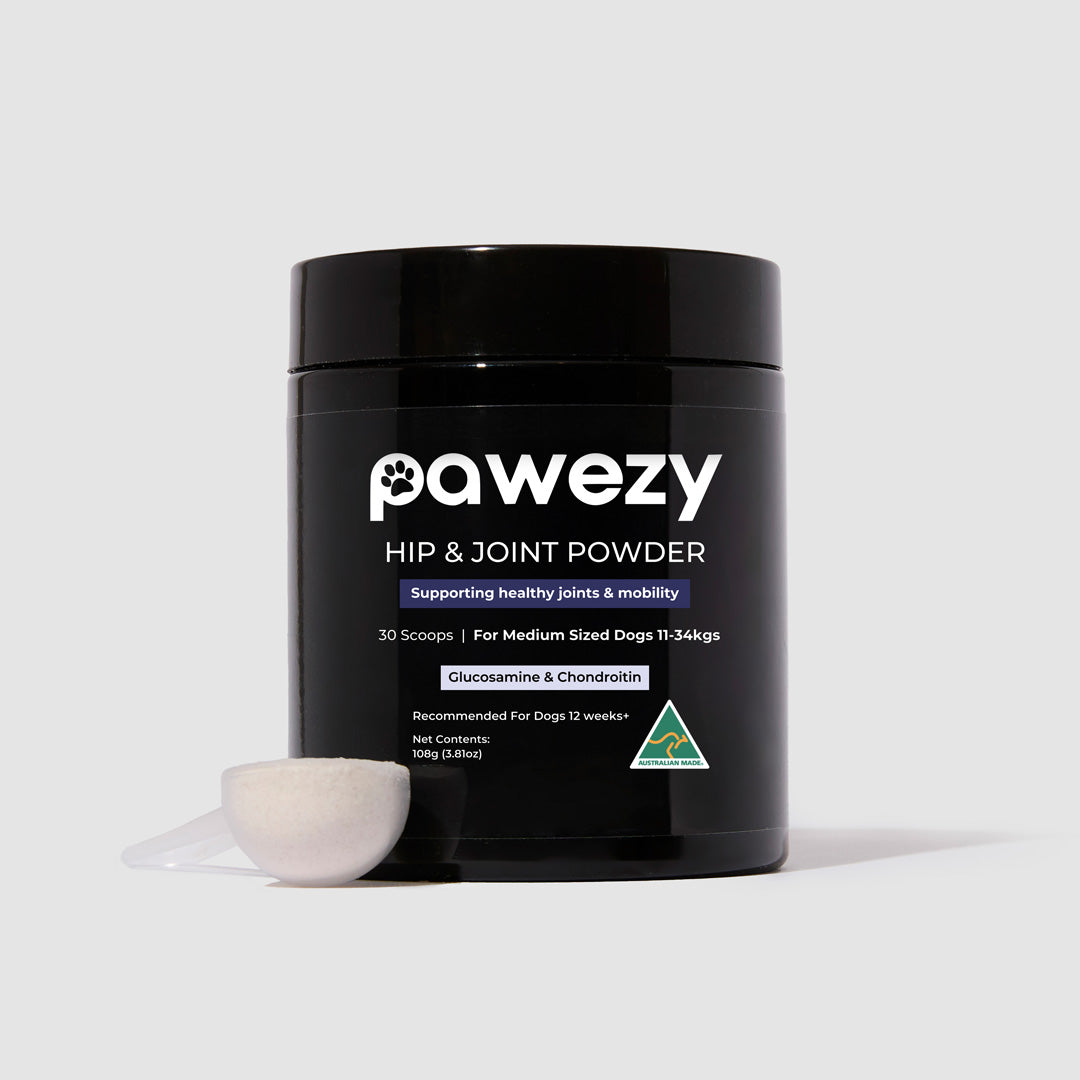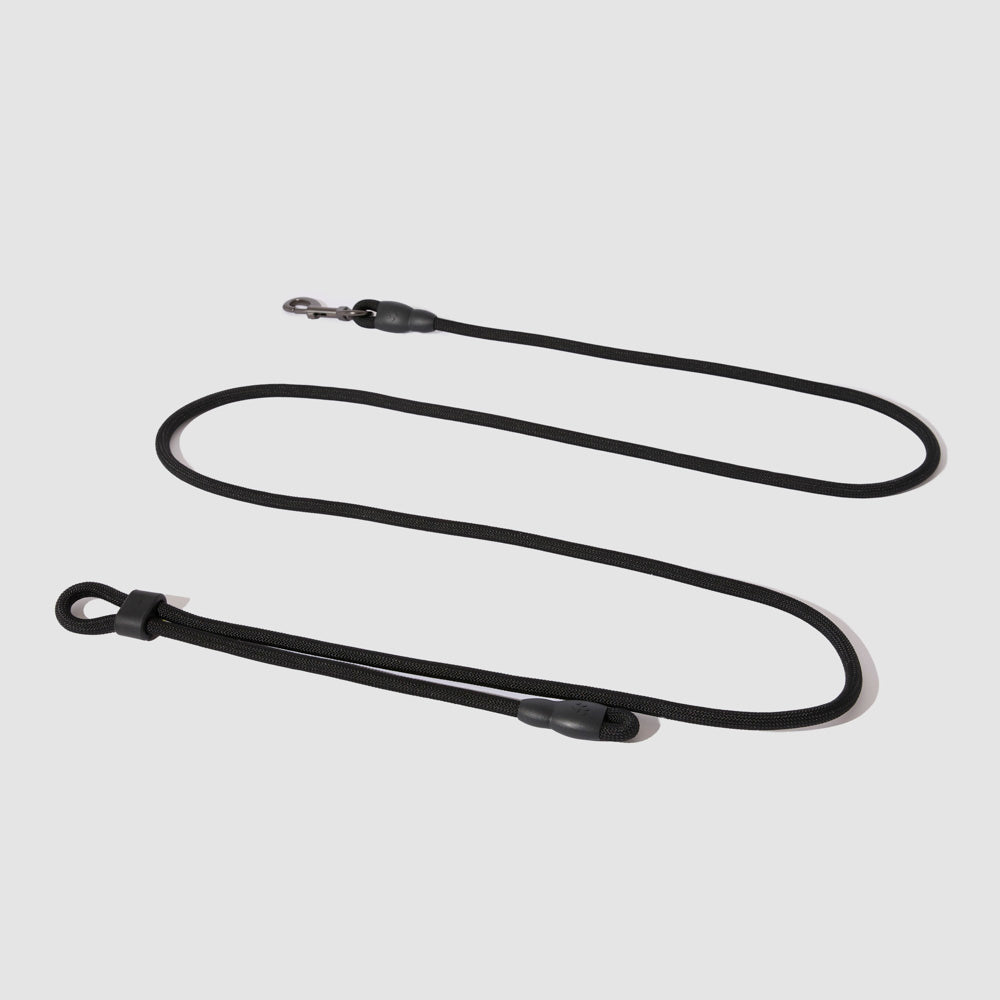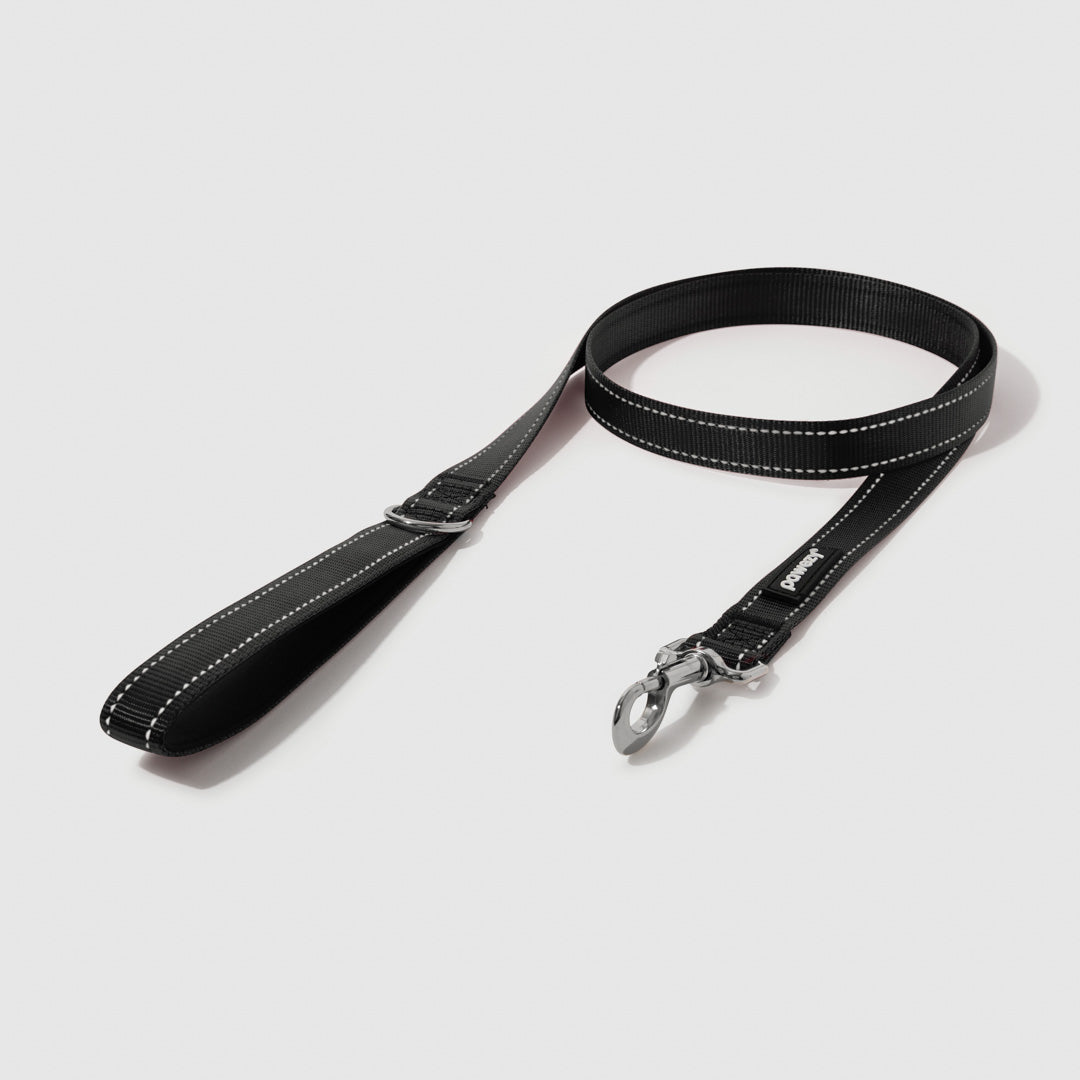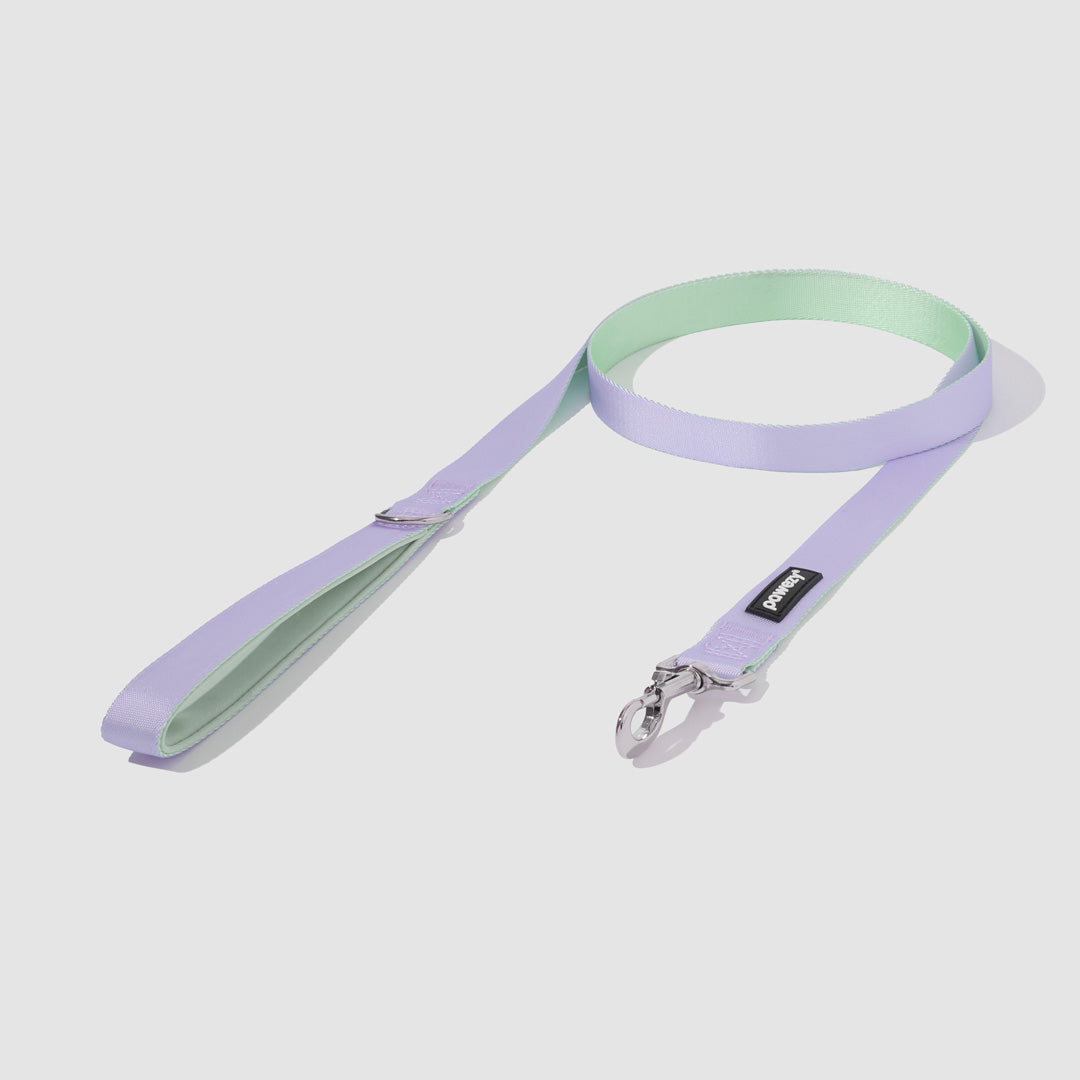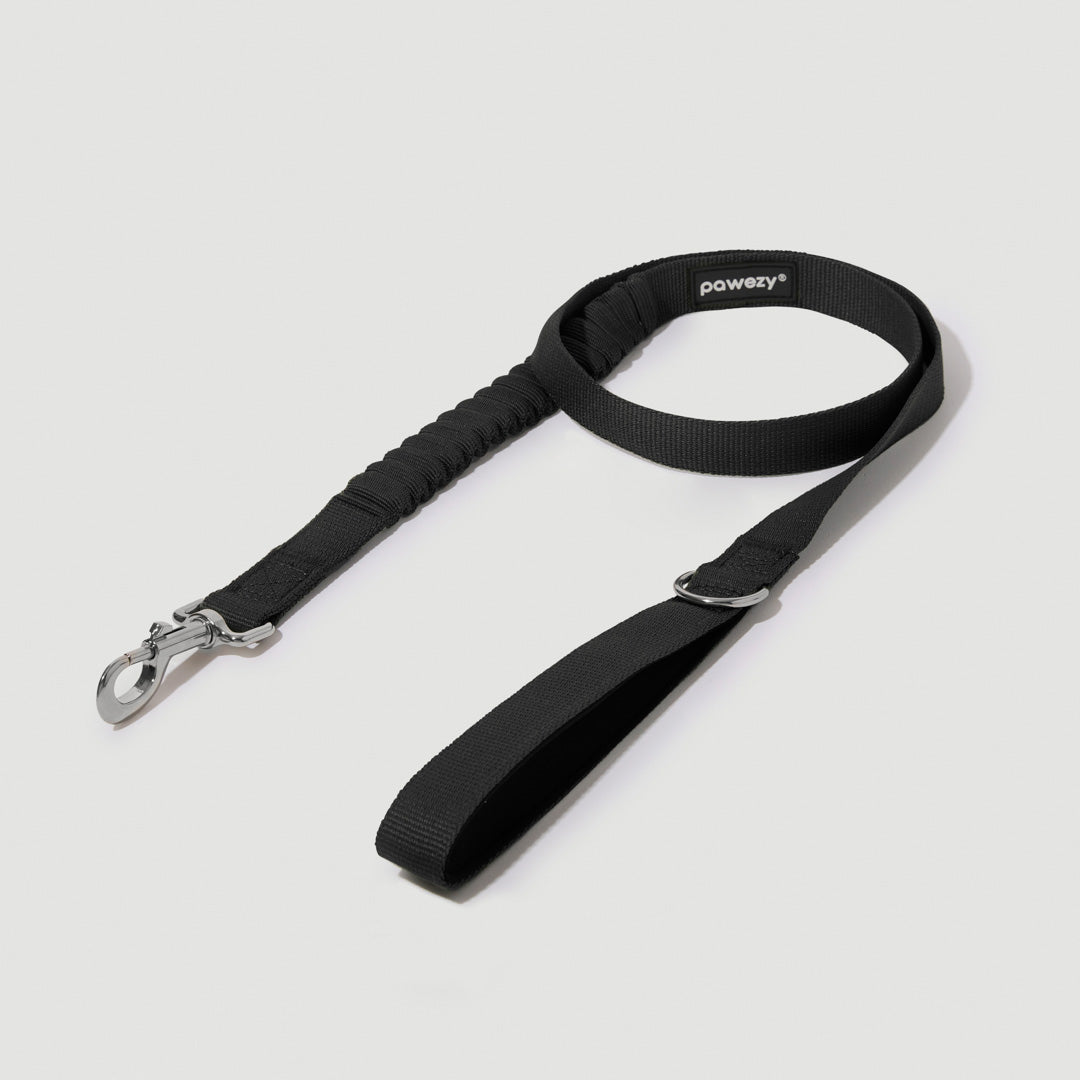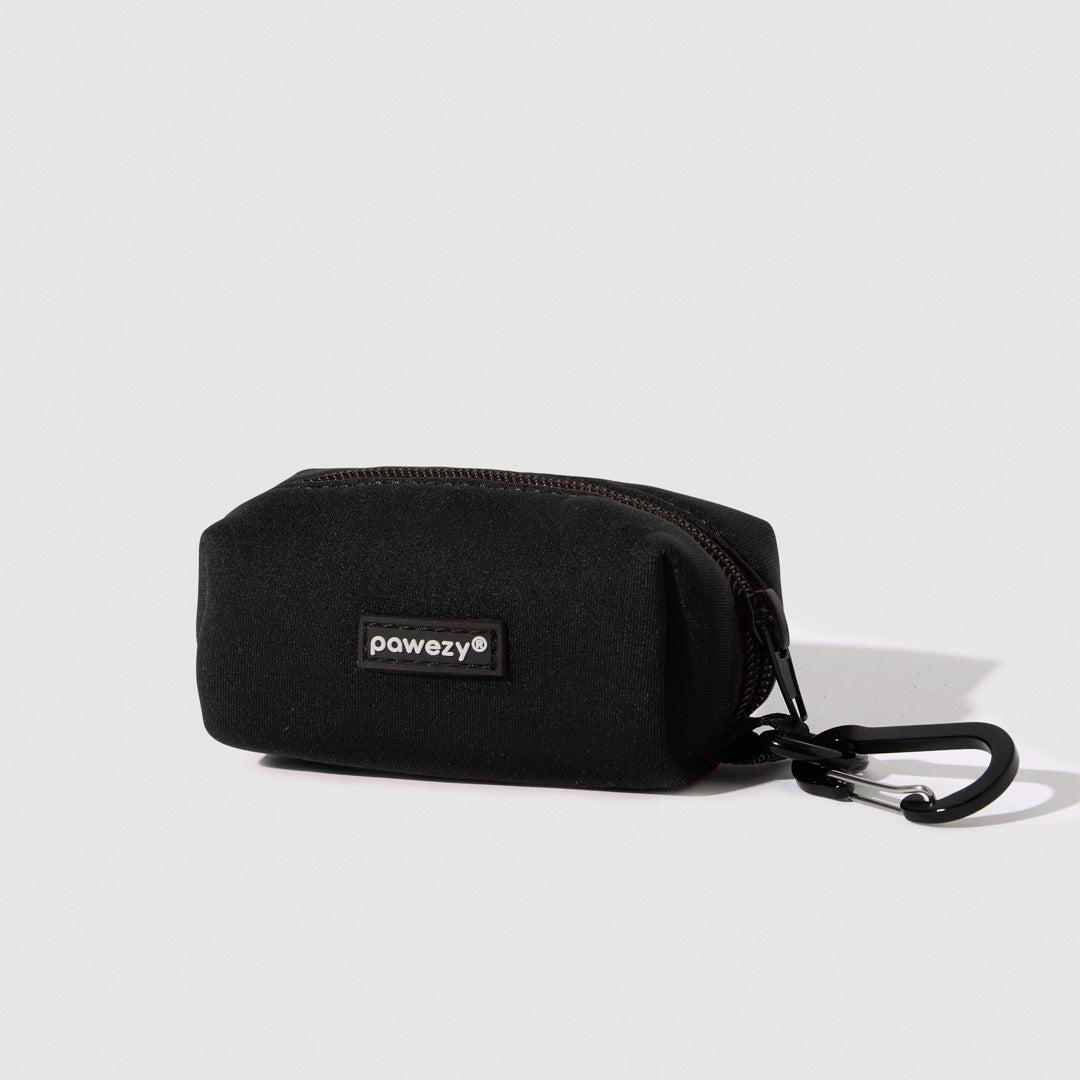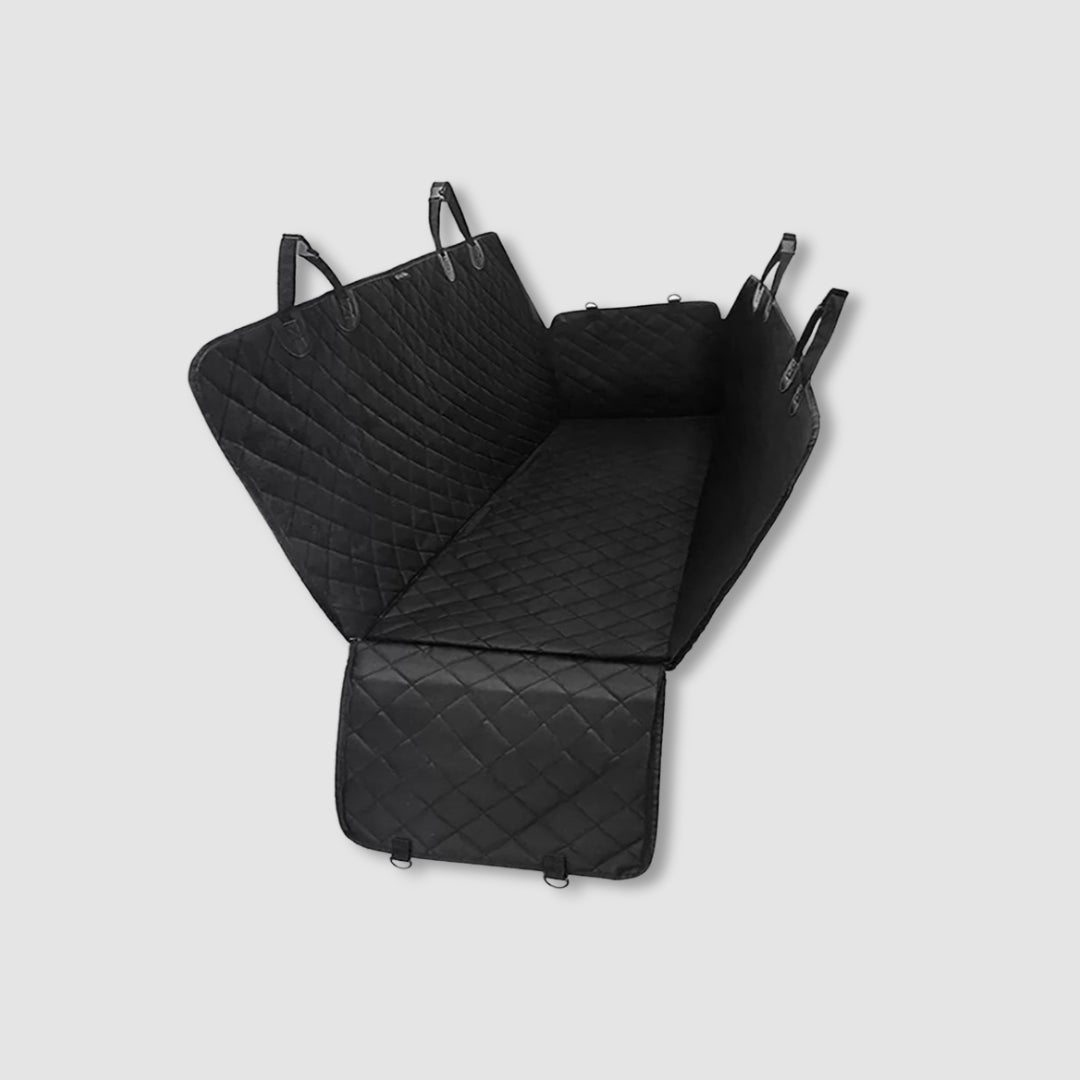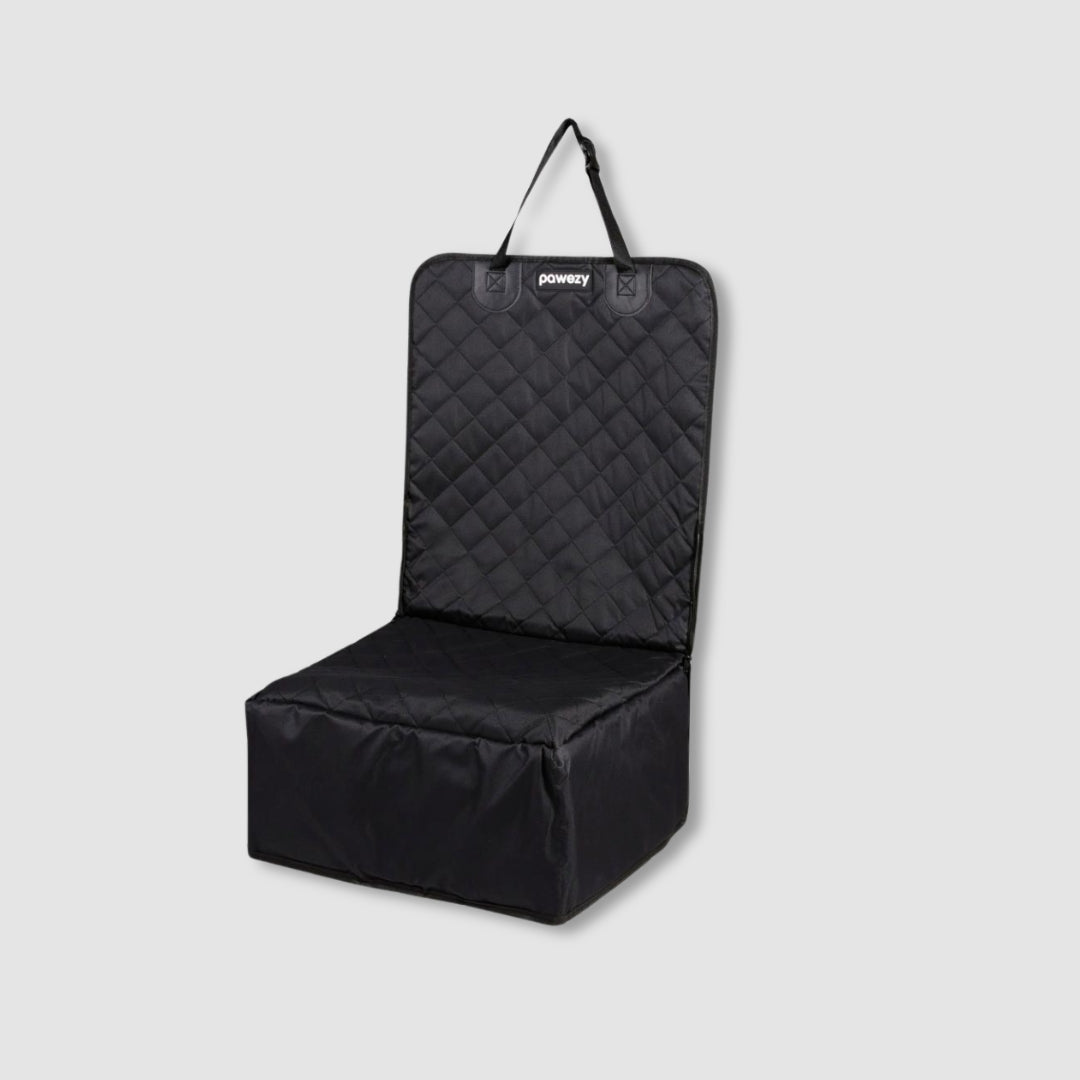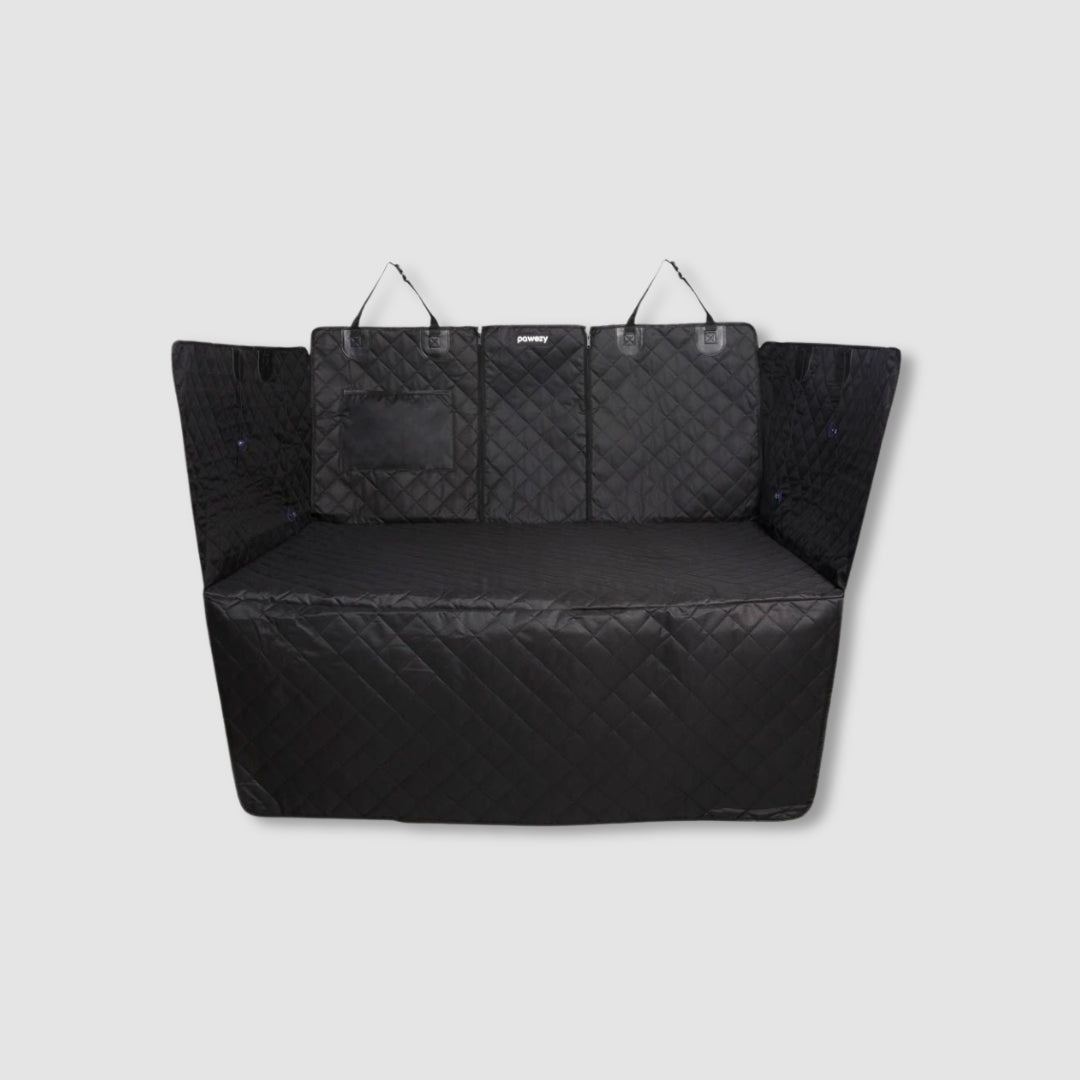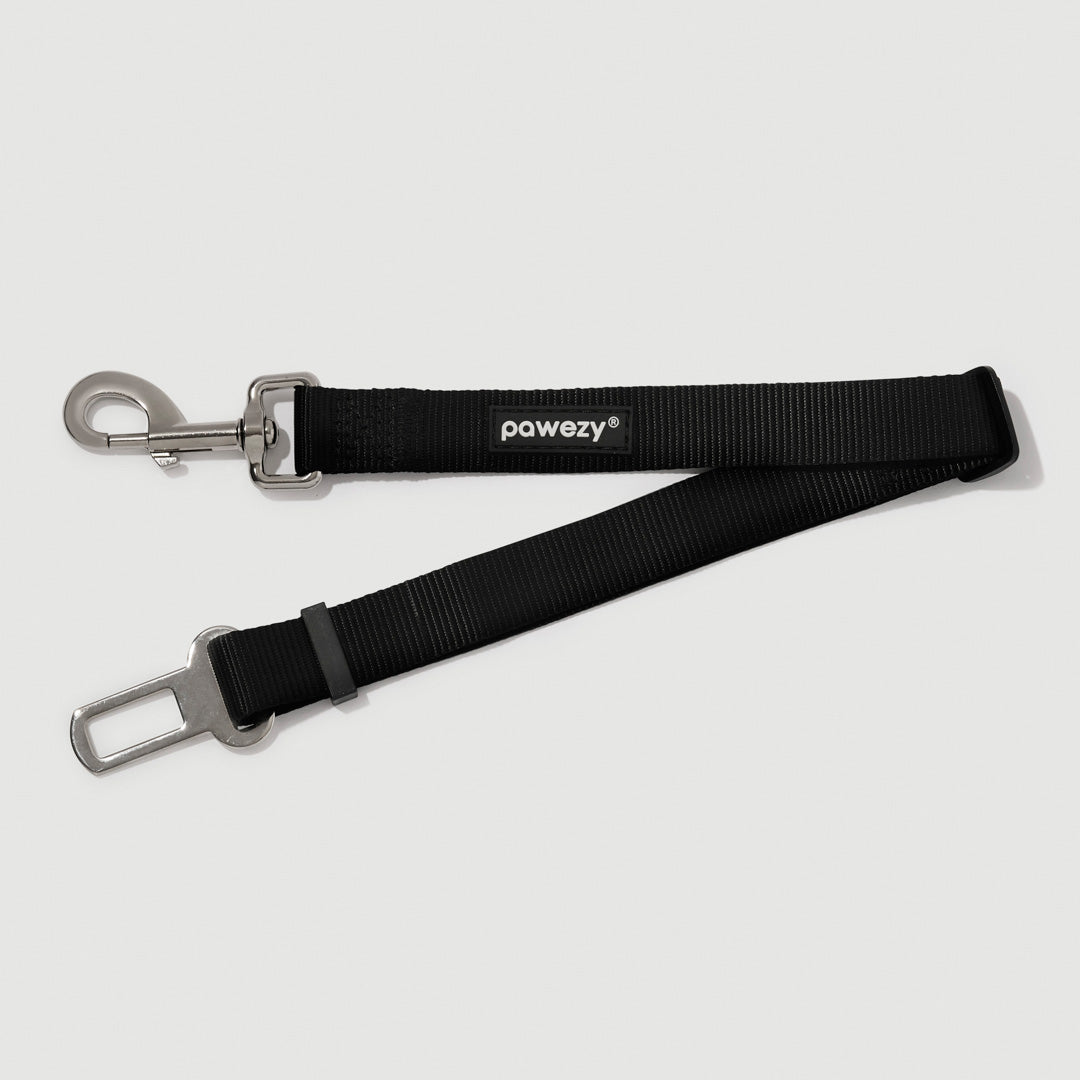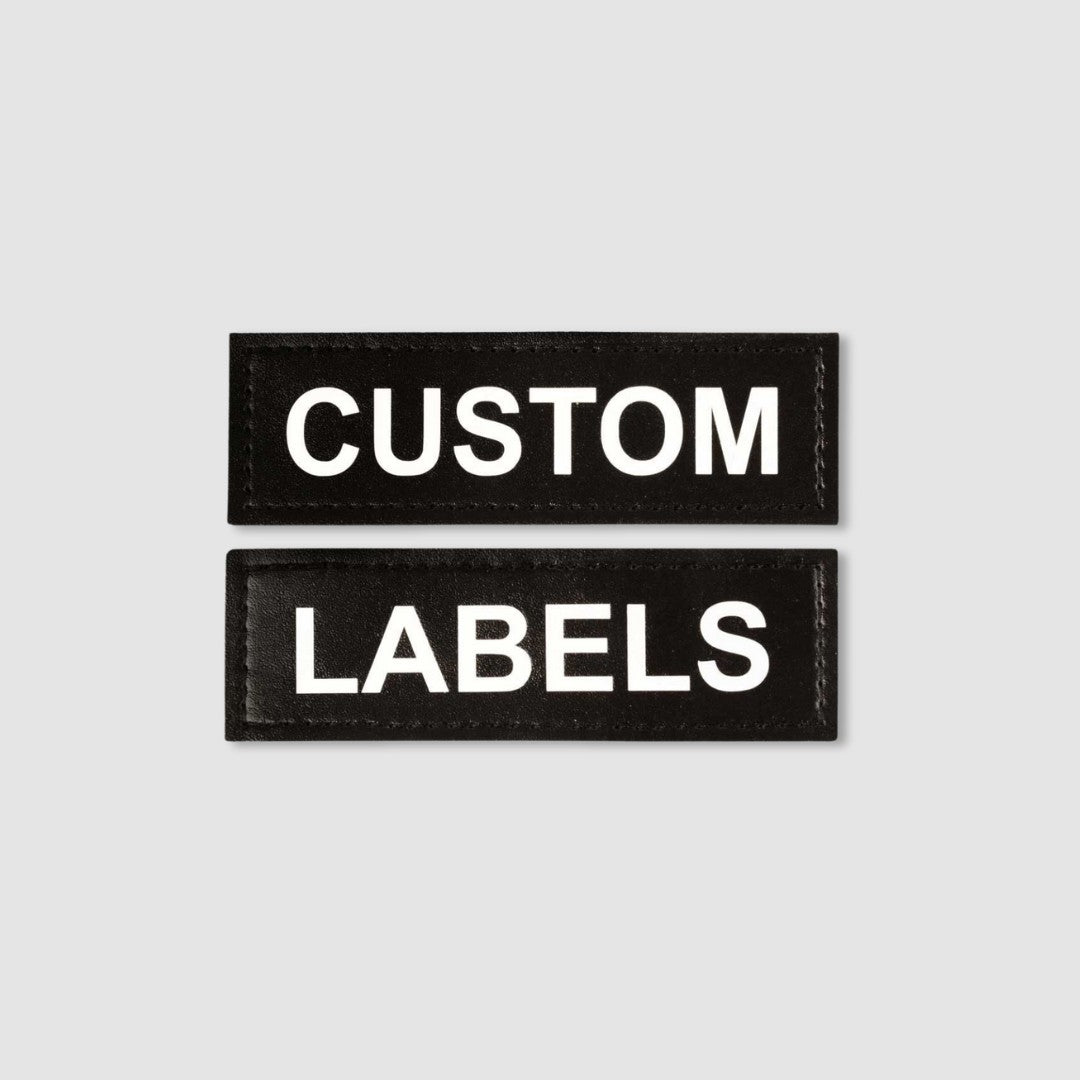Why Choose Nylon Webbing Over Polypropylene for Dog Accessories

Have you ever wondered if your dog is truly comfortable in their dog harness? Maybe you’ve noticed them pulling, overheating, or resisting when you try to gear them up. The truth is, not all harnesses are made equal, and many Aussie dog parents are starting to look for smarter, safer alternatives.
In this article, we’ll break down the reasons thousands of pet owners are switching to lighter, more durable no-pull harnesses designed with their dog’s comfort in mind. Let’s dive in!
Choosing the Right Material for Your Dog’s Harness
When it comes to dog harnesses, the material can make a big difference in comfort, durability, and safety. Being aware of what each material offers ensures you select a harness that keeps your dog comfortable and secure.
Nylon Dog Harness
A nylon dog harness is a go-to choice for many dog parents. It’s strong, durable, and water-resistant, which makes it perfect for active dogs who love the outdoors. Nylon is also gentle on your dog’s fur and skin, especially when it’s padded or layered with breathable mesh. Many nylon harnesses come with sturdy stainless steel hardware, so you know your pup is secure even during the most energetic walks. This strength and durability also mean you get longer-lasting gear that stands up to daily wear and tear, reducing the need for frequent replacements.
Leather
Leather harnesses are a great choice for dog parents who love a classic, premium look and long-lasting durability. Over time, the leather softens and molds to your dog’s shape, providing a comfortable fit. While they require a bit of extra care, many owners find the timeless style and sturdiness well worth it.
Polypropylene Dog Harness
Polypropylene is lightweight, water-resistant, and budget-friendly, making it a good choice for smaller dogs or pups that love swimming. It’s not as soft as nylon, so it may feel a bit rough on sensitive skin. The trade-off is that cheaper materials may fray faster or lose strength, which can affect your dog’s safety. Fit is important to keep your dog comfortable during walks, as polypropylene can stretch, lose shape, or wear down over time, especially for dogs that pull on the leash.
Polyester
Polyester is durable, vibrant, and UV-resistant, making it a good option if you want a stylish, budget-friendly harness. Just keep in mind that it’s generally less breathable than mesh or cotton, so you’ll want to watch for overheating in warmer weather.
Neoprene
Neoprene harnesses are soft, padded, and water-resistant. They’re excellent for dogs who overheat easily or enjoy swimming. The downside? Dogs that overheat easily or have thick coats may find neoprene harnesses less comfortable for extended wear.
Each material has its perks, and the right choice depends on your dog’s size, activity level, and lifestyle. With a little consideration, you can find a harness that keeps your pup safe, comfy, and ready for adventure.
Nylon vs. Polypropylene Dog Harnesses
When it comes to synthetic harness materials, two of the most common options you’ll see are nylon and polypropylene. Both are strong and durable, but they each have qualities that might make one a better fit for your dog.
Nylon
Nylon isn’t just popular by chance. Its strength and durability make it one of the best materials for dog harnesses, able to withstand pulling, tugging, and outdoor wear without losing shape. The smooth texture is gentle on fur and skin, reducing the risk of irritation even on long walks. Nylon also resists water absorption and dries quickly, preventing discomfort from damp straps and lowering the risk of skin issues. Because it balances durability, comfort, and reliability, nylon is a top choice for premium harnesses and nylon dog leashes for everyday walks and adventures.
Polypropylene
Polypropylene is a lightweight, budget-friendly option that can work in certain situations, but it does have notable drawbacks. While its water-resistant properties make it suitable for dogs who enjoy swimming or rainy walks, the material is not as soft or flexible as nylon. This rougher texture can cause chafing and skin irritation, especially for dogs with sensitive skin or short fur, if worn for extended periods. While it can be a practical short-term or budget-friendly choice, it is generally not ideal for heavy pullers or large breeds.
Times When Polypropylene Might Actually Work for Your Dog
While nylon is often the top pick for dog harnesses, polypropylene does have a few situations where it can be useful. It is hydrophobic, meaning it repels water, which is ideal for dogs that spend long periods in water. Polypropylene also has a high strength-to-weight ratio, making it a good choice for dogs that walk a lot. However, frequent rubbing against fur or rough outdoor surfaces can cause it to wear down faster.
Expert Insights: Why Material Matters
Veterinarians emphasize that the right dog harness material can make a real difference in your dog’s comfort and safety. A harness that’s too rigid can cause rubbing, chafing, or even restrict movement, while high-performance nylon provides control without irritating the skin.
For active dogs, stainless steel hardware and durable webbing prevent sudden wear or breakage, helping keep both dog and owner safe during walks. By understanding the properties of different materials and consulting expert advice, owners can choose comfortable dog harnesses for small dogs, large dogs, or all-day use.
So, there you have it. Everything you need to know about why nylon webbing outperforms polypropylene for dog harnesses. While polypropylene can work in certain situations, nylon remains the stronger, safer, and more comfortable choice for most dogs. We hope this guide helps you choose the right harness material so every walk is safe, stress free, and enjoyable for you and your pup.
Frequently Asked Questions (FAQ): Nylon vs. Polypropylene
Which material is more comfortable for dogs?
Comfort depends on both the material and the design of the harness. Nylon tends to feel softer and is often padded or layered with breathable mesh, which adds comfort over longer periods. Polypropylene is lighter and can feel less bulky, which some smaller dogs may prefer, especially in hot climates. Both materials can be comfortable if the harness is well-fitted, but for all-day dog harness use or active walks, premium nylon webbing is often gentler on dog’s skin.
Is nylon or polypropylene better for dogs that pull?
For dogs that pull strongly on the lead, nylon is generally the better option. It’s a denser, tougher material that holds up well under tension and resists stretching. This means it can give you more control and stability during walks, especially with larger or more energetic breeds.
Is polypropylene safe for dogs?
Yes, polypropylene is safe for dogs. It’s a non-toxic, lightweight material often used in pet products because it’s flexible and water-resistant. That said, its strength isn’t quite on par with nylon, so it might not be the best choice for larger breeds or dogs that put a lot of pressure on their harness. In those cases, you’ll want something sturdier to ensure safety and longevity. If your dog enjoys beach outings or water activities, nylon also resists saltwater wear better than polypropylene, keeping the harness durable and comfortable.

